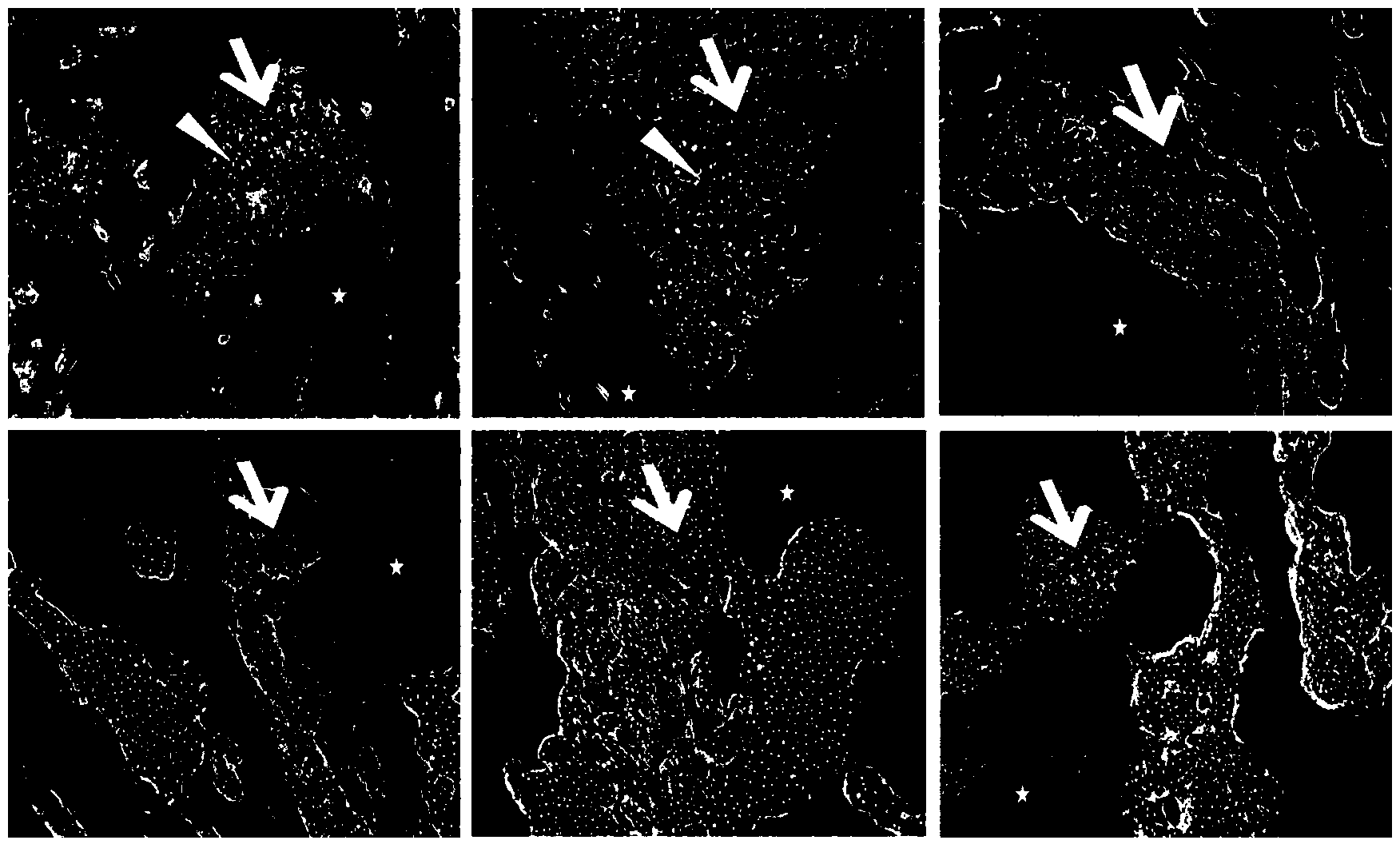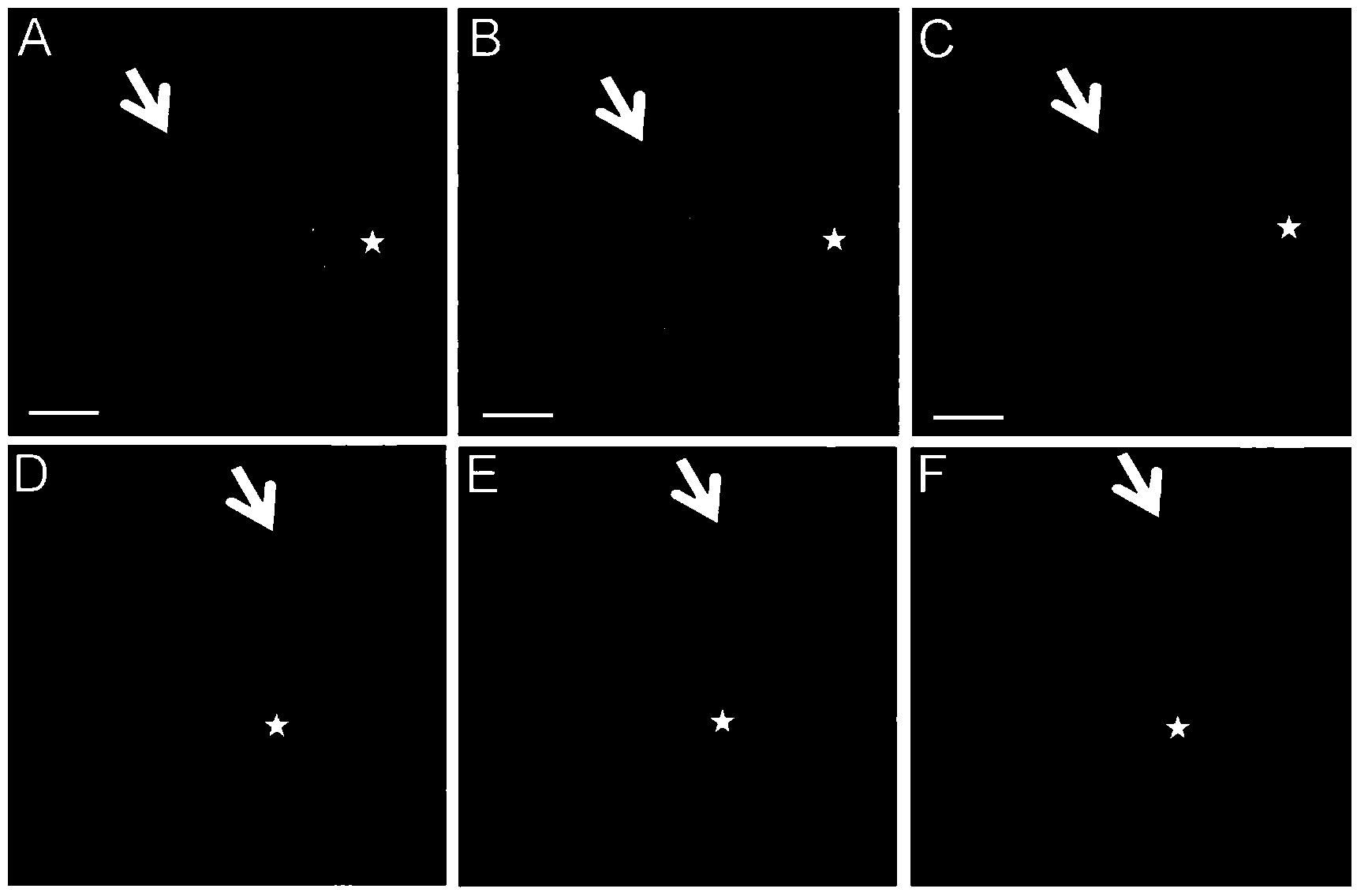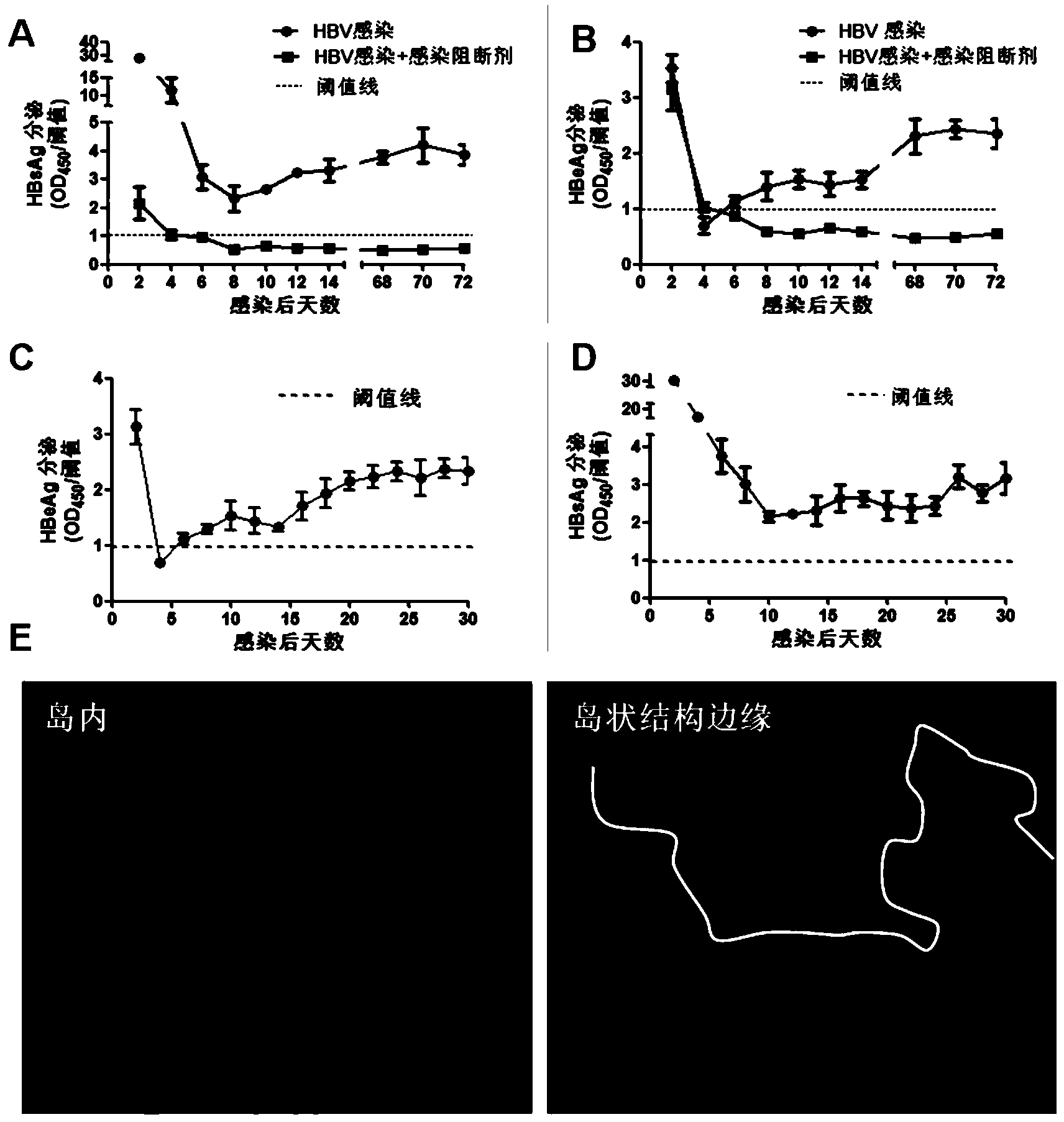Co-culturing method of human primary hepatocytes and liver nonparenchymal cells
A technology of liver non-parenchymal cells and primary liver cells, applied in artificial cell constructs, animal cells, vertebrate cells, etc., can solve the problem of losing differentiation characteristics, not supporting HBV infection, and not reflecting the antiviral effect of drugs and cytotoxicity Function and other issues, to achieve the effect of overcoming the loss
- Summary
- Abstract
- Description
- Claims
- Application Information
AI Technical Summary
Problems solved by technology
Method used
Image
Examples
Embodiment Construction
[0033] In order to better explain the present invention, the main content of the present invention is further clarified below in conjunction with specific examples, but the content of the present invention is not limited to the following examples.
[0034] 1. Two-step collagenase perfusion method to separate primary human hepatocytes and liver non-parenchymal cells:
[0035] The first step of the two-step collagenase perfusion method: the fresh liver tissue material is perfused with perfusion solution I for about 30 minutes through the exposed blood vessels until the blood in the liver tissue is washed away. The specific formula of perfusion solution I is: 8.00g / l sodium chloride, 0.40g / l potassium chloride, 3.57g / l hydroxyethylpiperazineethanesulfonic acid, 0.06g / l disodium hydrogen phosphate dihydrate, 0.06g / l potassium dihydrogen phosphate, 1 g / l glucose, 1 mM sodium pyruvate, 2 mM ethylene glycol bis(2-aminoethyl ether) tetraacetic acid, adjust the pH to 7.4, filter and s...
PUM
 Login to View More
Login to View More Abstract
Description
Claims
Application Information
 Login to View More
Login to View More - R&D
- Intellectual Property
- Life Sciences
- Materials
- Tech Scout
- Unparalleled Data Quality
- Higher Quality Content
- 60% Fewer Hallucinations
Browse by: Latest US Patents, China's latest patents, Technical Efficacy Thesaurus, Application Domain, Technology Topic, Popular Technical Reports.
© 2025 PatSnap. All rights reserved.Legal|Privacy policy|Modern Slavery Act Transparency Statement|Sitemap|About US| Contact US: help@patsnap.com



